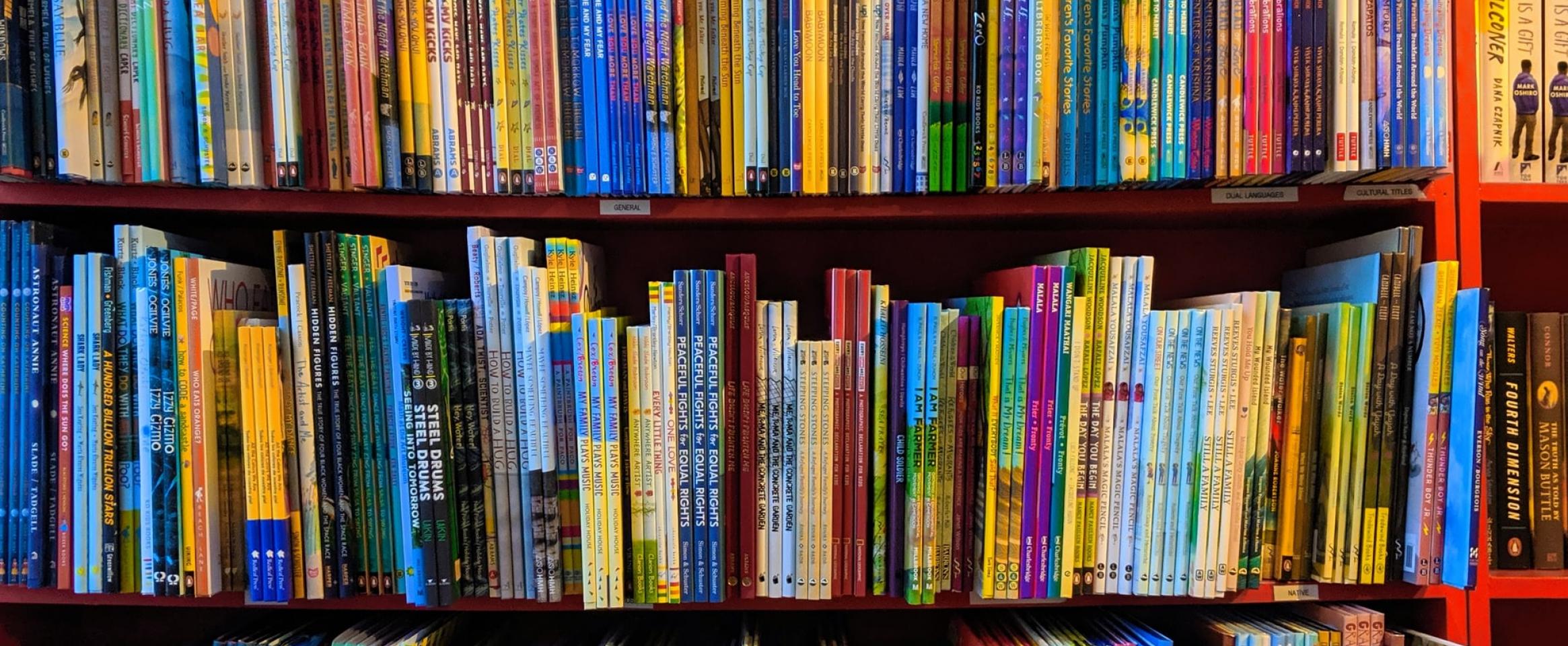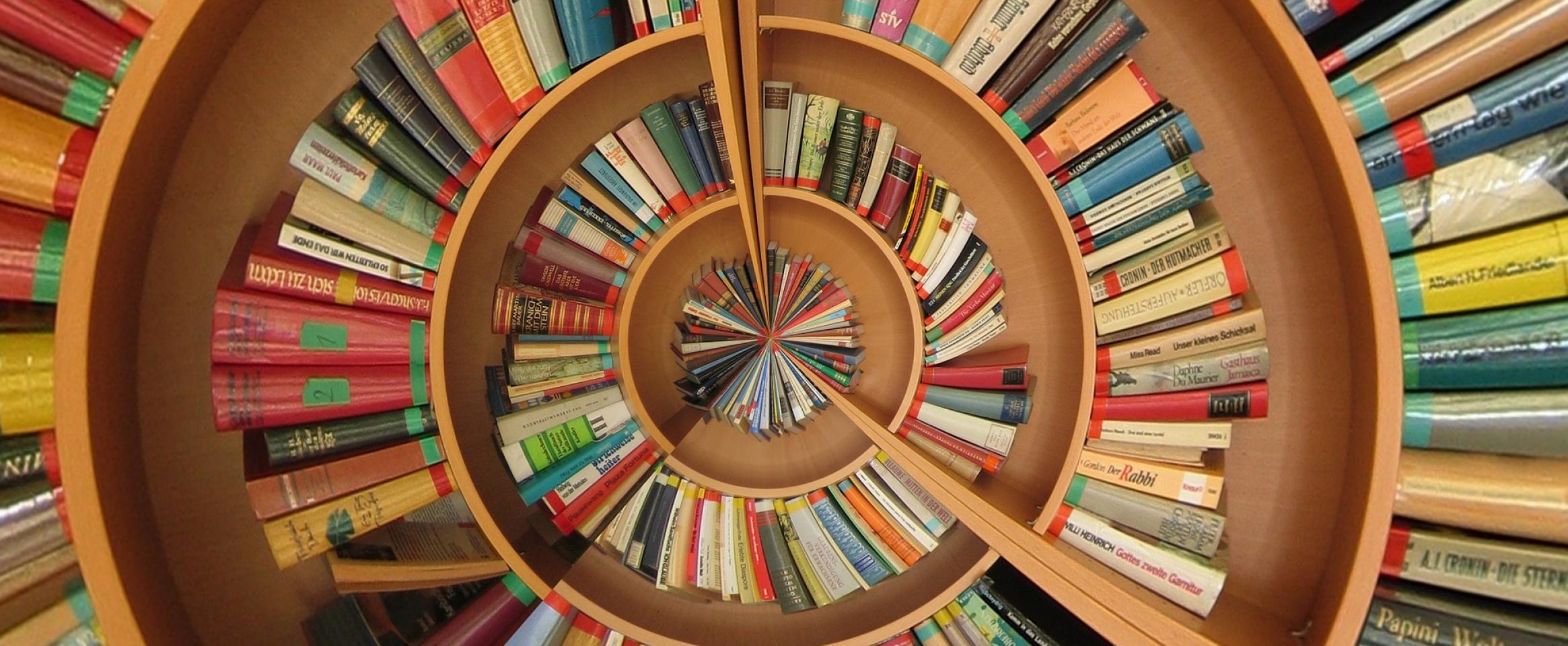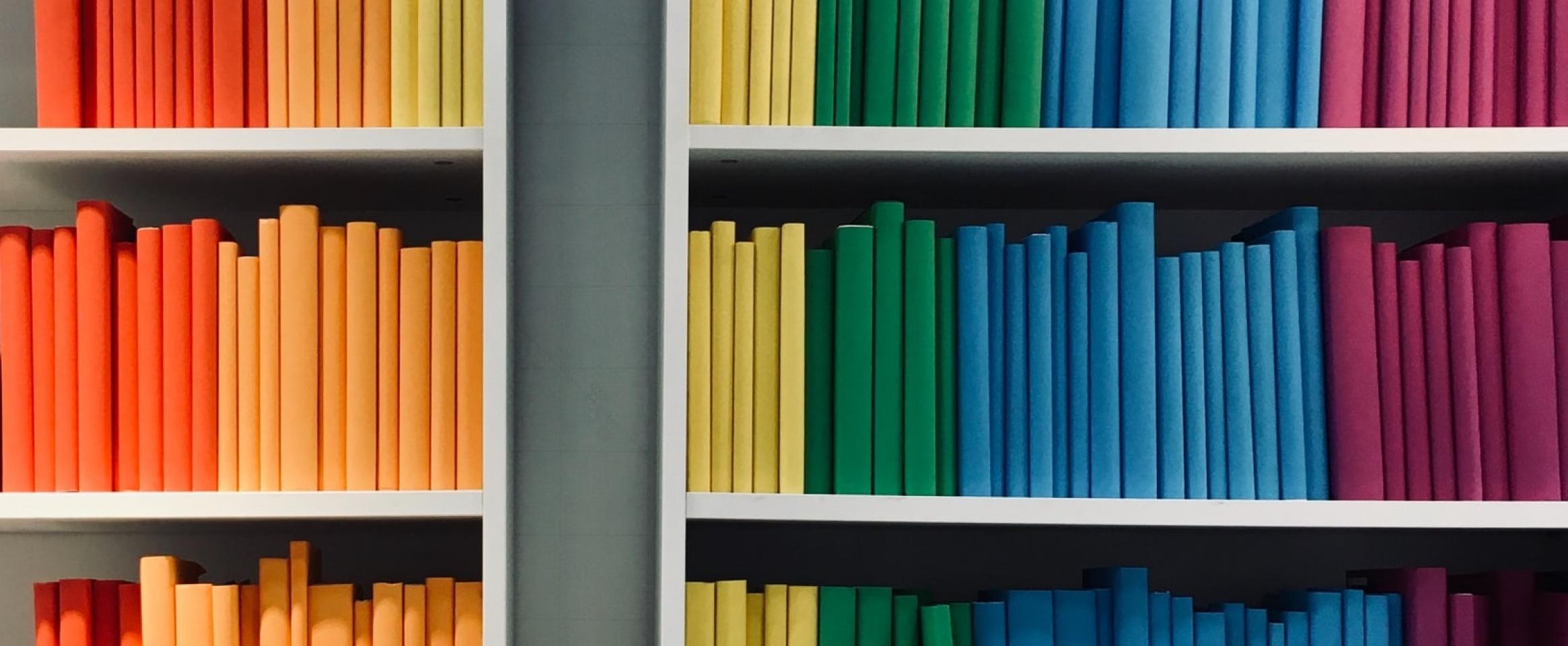
Adrian Dingle—Awesome Chemistry Experiments for Kids: 40 STEAM Science Projects and Why They Work
Why does an iron nail rust? A cut apple turn brown? How do stalagmites form? Five- to 10-year-olds can discover the answers via step-by-step home experiments Adrian Dingle provides in Awesome Chemistry Experiments for Kids: 40 Science Projects and Why They Work. Dingle’s minor-to-major Mess-O-Meter, plus ratings of difficulty and time required, will help parents assisting their budding chemists.







